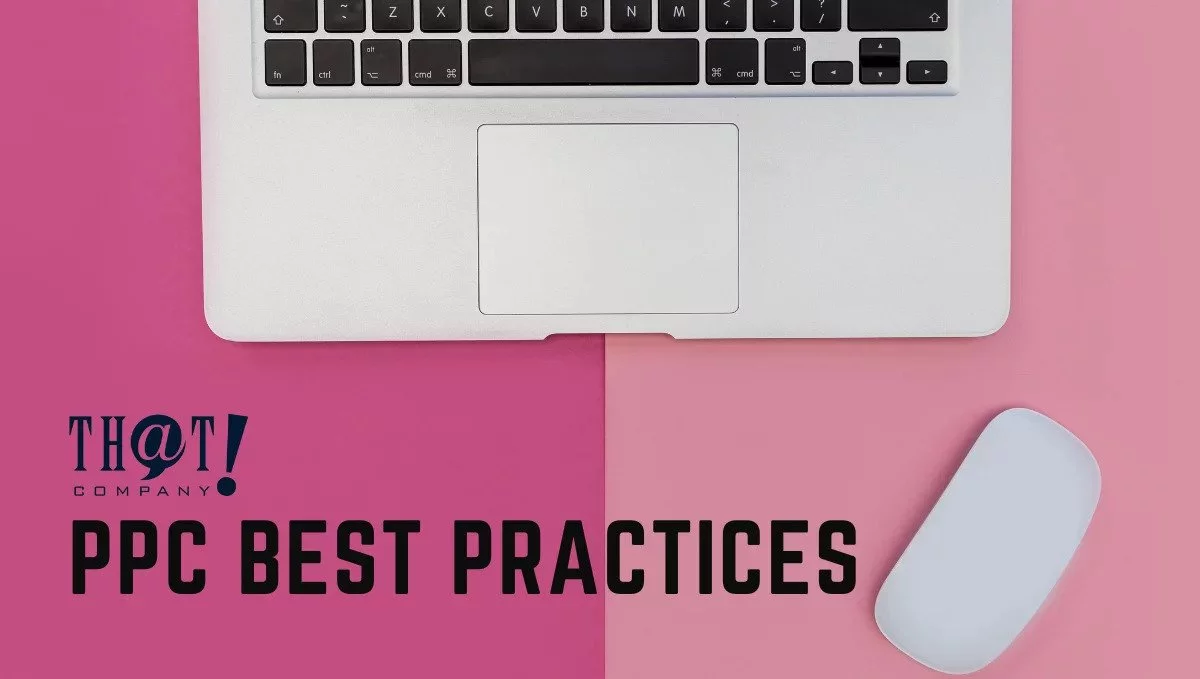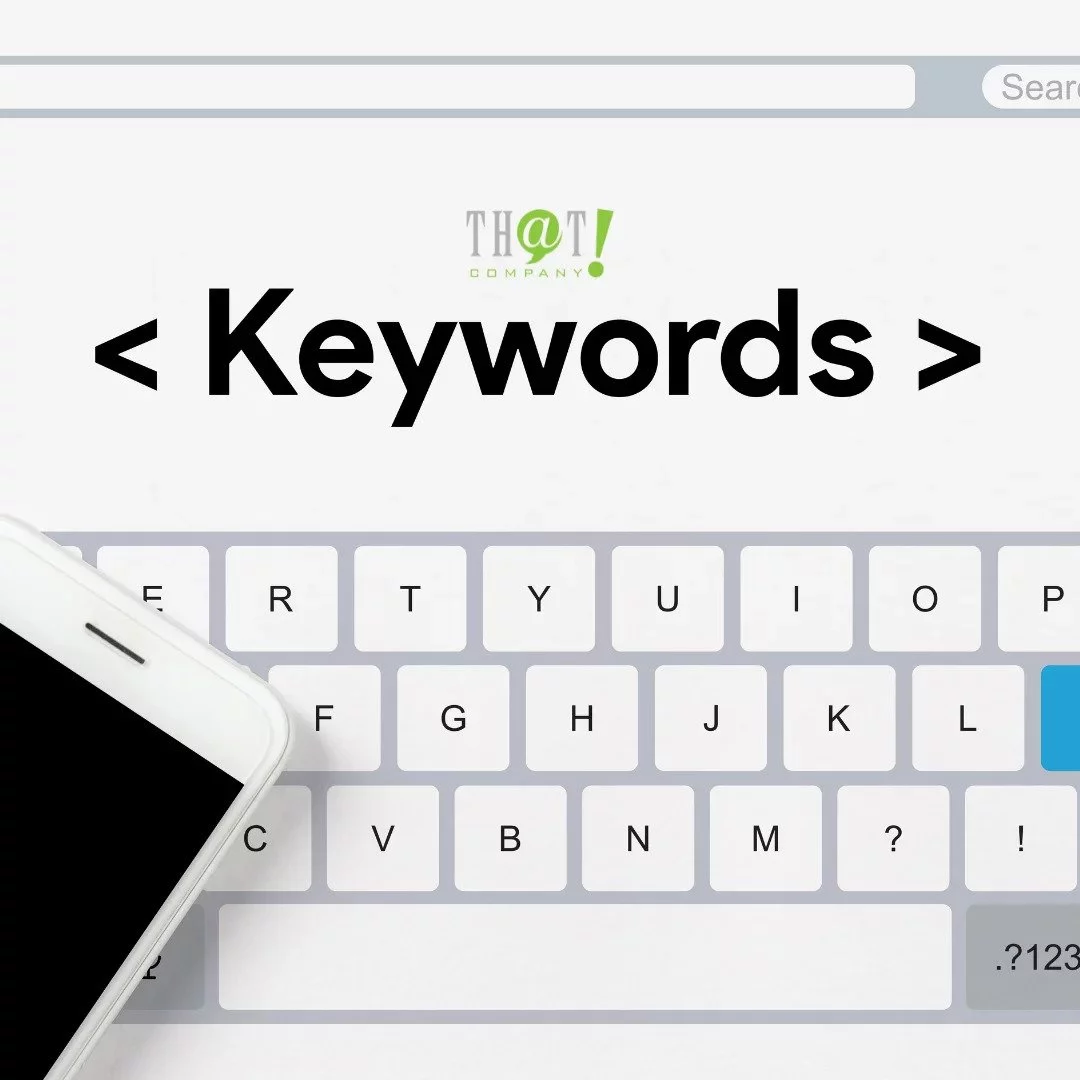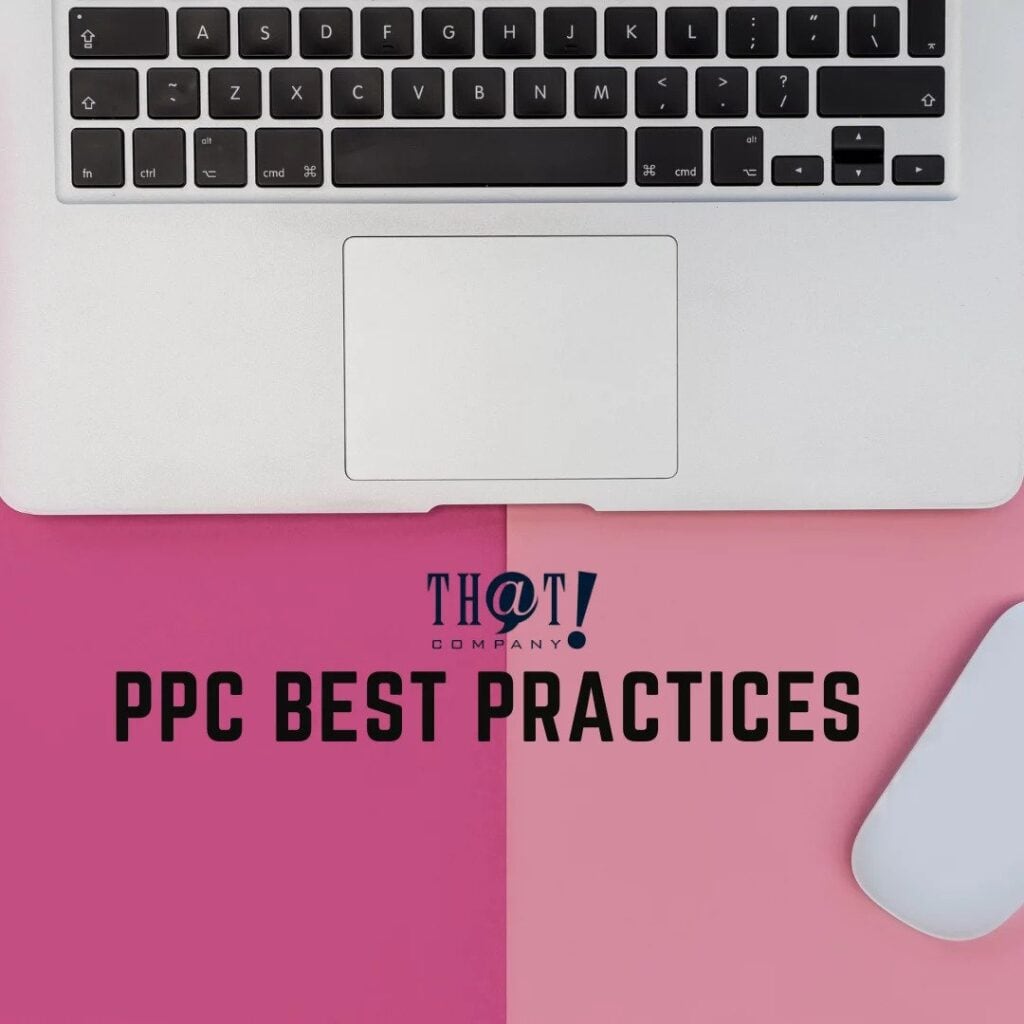 PPC ad campaigns can be complicated. Some areas require careful consideration before investing in a particular ad strategy. Don’t worry. Here, we will be guiding you through some of the best practices and strategies that white label PPC services use to make sure you get the most out of your ad budget.
PPC ad campaigns can be complicated. Some areas require careful consideration before investing in a particular ad strategy. Don’t worry. Here, we will be guiding you through some of the best practices and strategies that white label PPC services use to make sure you get the most out of your ad budget. #1 Convincing Ad Copy
 The point of ad copy is to convince people to take the action you want them to. Similar to how keyword research and content creation take search intent into account, advertising must offer searchers with solutions that are expressed clearly in the words used in the ad copy.
Because you can only fit so much information in search ads, you need to ensure your ad copy effectively communicates what it needs to. When writing your ad copy, below are a few things to keep in mind:
The point of ad copy is to convince people to take the action you want them to. Similar to how keyword research and content creation take search intent into account, advertising must offer searchers with solutions that are expressed clearly in the words used in the ad copy.
Because you can only fit so much information in search ads, you need to ensure your ad copy effectively communicates what it needs to. When writing your ad copy, below are a few things to keep in mind:
- Target audience
- Keywords
- Call to action
- Attention-grabbing offer
- Cohesive language with your landing page
#2 Landing Pages that Seal the Deal
Landing pages are where the people who click on your ad copy end up. If your ad copy is your hook, your landing page should be what drives the point home. This important aspect of PPC should be a coherent transition from your ad copy, holding the targeted searcher’s attention and giving them what you promised. Remember, just because someone clicks on your ad doesn’t necessarily mean they will become a customer or will take the actions you want them to. This is why a well-optimized and well-conceived landing page could win these leads over. Some areas you can take into account for a good landing page are the headline, the design and layout, actionable and stand-out CTA buttons, and landing page copy that is relevant to the ad copy. The more you convert potential customers into paying patrons, the higher your Google Quality Score will be. A high score means your ads could rank higher and be put in front of more people, which could perpetuate a cycle of more conversions and more visitors, and so on.#3 A/B Testing
A/B testing is the process of trying different versions of an ad campaign strategy to see which one yields the most favorable results. This is important for both your ad copy and your landing page. You want your ad strategy to produce the most conversions and have a high CTR or click-through rate. Ads consist of four significant parts you can build and edit your ad strategy around. Test out different versions of your headline, description, landing page, and target keywords to see which one draws in the most people. Run the ads for enough time to gain a good idea of their performance and then decide on the strategy to implement based on the results.Note also that even if you use white label software for ad copy, you need to review it to make sure it doesn’t sound robotic.
#4 Maximizing Your ROI
 At the end of the day, PPC campaigns are about spending money on ads to reel in potential customers and turn a profit from the business they provide. The higher the return on investment, the more successful your ad campaign is. You need to consider if the methods you use to catch the attention of leads via ads and turn them into loyal repeat buyers are worth the costs of those advertisements. Does the money invested in gaining a potential customer amount to more significant revenue when they purchase from you?
Below are some things to consider when planning your PPC advertising strategy and how you can maximize it for greater profitability and minimize the possibility of incurring losses.
Methods to maximize the money you put in:
At the end of the day, PPC campaigns are about spending money on ads to reel in potential customers and turn a profit from the business they provide. The higher the return on investment, the more successful your ad campaign is. You need to consider if the methods you use to catch the attention of leads via ads and turn them into loyal repeat buyers are worth the costs of those advertisements. Does the money invested in gaining a potential customer amount to more significant revenue when they purchase from you?
Below are some things to consider when planning your PPC advertising strategy and how you can maximize it for greater profitability and minimize the possibility of incurring losses.
Methods to maximize the money you put in:
- The amount you pay for clicks is influenced by your Quality Score.
- Taking time to come up with a well-thought-out ad budget will be a great help.
- Make sure that your ads are relevant. Relevant ads lead to lower CPC.
#5 Conversion Optimization
When it comes to conversions, there are a few things you need to focus on. First, you need to make ads that are specific to the people you are targeting. Specific ads have a higher chance of converting. Second, your landing page needs to be cohesive with these ads and convince them to take action (convert). You can also enable conversion tracking to keep an eye on your landing page performance and adjust accordingly.#6 Target Ideal Customers
The ability to get in front of the people you want to buy from you is ideal, and it’s possible with Google. You can tailor your audience and use In-Market Audiences to track users’ behaviors so you can target the ones that want the product or service you offer. There is also the option to employ what is called layering audience. By paying more through bidding adjustments, you can connect with even more specific sets of people within your target audience.#7 Schedule Your Ads
Sometimes something as simple as having the option to schedule your ads can make a significant impact. With Google ads you can save on ads by customizing the days and time of day your ads are displayed to customers. This improves your ad relevance because you are taking a step to ensure the people you’re targeting actually see your ads.#8 Track Keyword Performance
Just because a keyword performs well initially, doesn’t mean that will always be the case. Make it a habit to regularly check on your keyword performance and see if there are any adjustments that need to be made. There may be better keywords to prioritize and ones that no longer produce satisfactory results that you can drop.#9 Use Match Types
In Google Ads, you can select what Match Type you want for your ad group. Match types allow you to determine how exactly you want a search query to correspond to your keyword phrases and how your ad is shown in SERPs. The four-match types are broad, modified broad, phrase, and exact match. Choosing the right match type for your ad groups could mean the difference between a high CTR and low CPC and a low CTR with a high CPC.#10 Add Negative Keywords
 Negative keywords are related terms or phrases searched by people that are not in your target audience. You do not want to rank for these. You will likely grow a list of these as your campaigns run, and you determine which keywords are not as successful or are detrimental to your goal.
Negative keywords are related terms or phrases searched by people that are not in your target audience. You do not want to rank for these. You will likely grow a list of these as your campaigns run, and you determine which keywords are not as successful or are detrimental to your goal.
Bonus #11 – Social Media Ads
You can take advantage of the way social media sites such as Facebook treats ads on their platform.
- These ads tend to appear on news feeds as people scroll, making it an integrated experience.
- Facebook has specific targeting options that allow you to zone in on people based on applicable demographics and interests.
- Ad retargeting – show ads to those that have previously visited your site or page and increase the likelihood of conversion.
- Access Lookalike Audiences that are similar to your initial target audience and expand your reach.
- Social media advertising allows you to create various ads (text, video, graphics, etc.).























 Talk With Us
Talk With Us  Give Some Love
Give Some Love 


